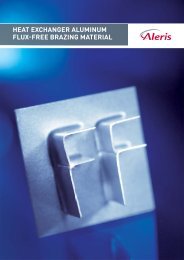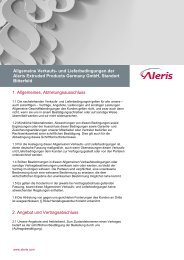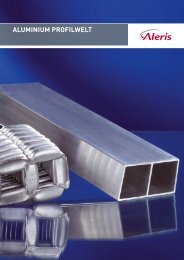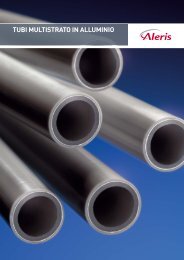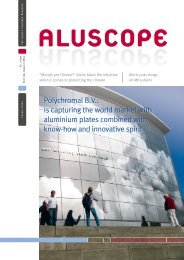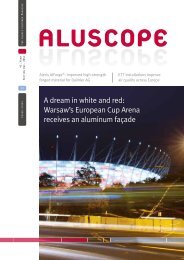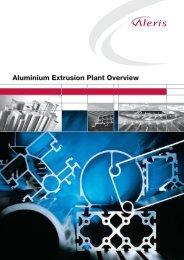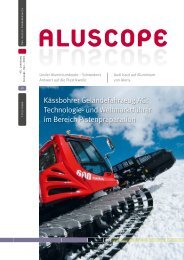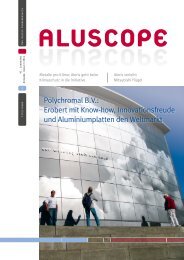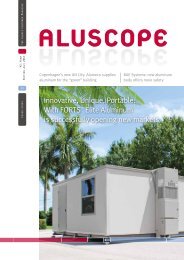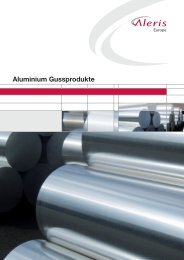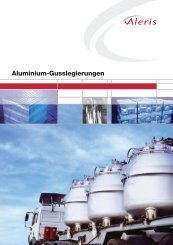Create successful ePaper yourself
Turn your PDF publications into a flip-book with our unique Google optimized e-Paper software.
The minimum values are also dependent<br />
on the casting alloy and the elongation of<br />
the casting. In pressure die casting, the<br />
minimum wall thickness also depends<br />
on the position of and distance to the<br />
gate system.<br />
Generally speaking, the wall thickness<br />
should be as thin as possible and only<br />
as thick as necessary. With increasing<br />
wall thickness, the specifi c strength of<br />
the cast structure deteriorates.<br />
Determining casting-compliant wall<br />
thicknesses also means, especially with<br />
sand and gravity die casting, that the die<br />
must fi rst of all be fi lled perfectly. During<br />
subsequent solidifi cation, a dense cast<br />
structure can only occur if the shrinkage<br />
is offset by feeding from liquid melt. Here,<br />
a wall thickness extending upwards as a<br />
connection to the riser may be necessary.<br />
36<br />
<strong>Aluminium</strong> <strong>Casting</strong> <strong>Alloys</strong><br />
Another possible way of avoiding material<br />
accumulations is to loosen the nodes.<br />
At points where fi ns cross, a mass accumulation<br />
can be prevented by staggering<br />
the wall layout.<br />
The corners where walls or fi ns meet<br />
should be provided with as large transi-<br />
tions as possible. Where walls of different<br />
thickness meet, the transitions should<br />
be casting-compliant.<br />
Where the casting size and process<br />
permit, bores should be pre-cast. This<br />
improves the cross-section ratio and<br />
structural quality.<br />
Apart from the points referred to above,<br />
a good design also takes account of<br />
practical points and decorative appear-<br />
ance as well as the work procedures<br />
and machining which follow the actual<br />
casting operation.<br />
Fettling the casting, i.e. removing the<br />
riser and feeders, must be carried out as<br />
effi ciently as possible. Grinding should<br />
be avoided where possible. Reworking<br />
and machining should also be easy to<br />
carry out. Machining allowances are to<br />
be kept as small as possible.<br />
Essential inspections or quality tests<br />
should be facilitated by constructive<br />
measures.




